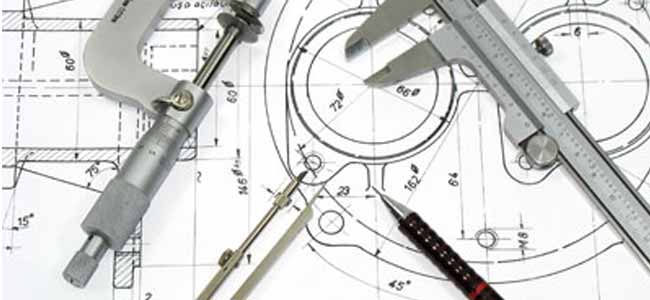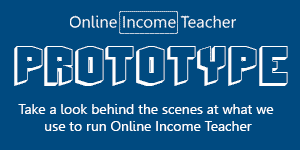One of the best ways to make money is to create and sell your own product. That has never been easier than it is now to create digital products for your website; what with being able to self-publish eBooks on Amazon, create video courses in your home, sell your own music online, etc.
Despite it being much easier to do, coming up with a good idea is still just as hard. You could even argue that it is harder as you are competing with a lot more people now. That is why thinking about what you want to create and spending time in the product development process is so important.
In this post we will look at some tips to help you refine your ideas so that they stand a much better chance of selling when they reach the market.
Who Are You Aiming For?
For any product to be successful, you need to have people to sell it to. Deciding “who” to sell to is the first step you should make, as then you can decide upon a target market to aim for.
Like it or not, the demographic of different people determines what types of things they will be interested in. Age, gender, where they live, what job they do, etc. all has an impact on the types of products they will be interested in. If you try to approach creating a product for everyone, you will likely fail as you are being much too broad.
Think about who your target market is.
- What are they interested in?
- How much money do they have?
- Where do they go in the day/evening?
These types of questions can help to further narrow down your target market. Having a clearer idea of who you are trying to aim for will help you come up with ideas for products for those types of people.
What Do These People Want?
Once you have decided upon a target market, you need to start to think about what purpose your product will solve. Every good product solves some sort of need or problem, as then people have a reason to buy it.
- What problems does your target market have?
- What are their needs?
You also need to start to ask yourself some questions.
- What is the problem/need that I can solve?
- How can I solve that problem?
- What might the intended product be?
- Where and how will it be used?
- What would I need to create it?
- What time frame do I have to create the product?
- Does it require packaging, legal requirements, health & safety, etc.?
Draft Up A Design Brief
You should now have a better idea of what your product is going to be. This is the perfect time to write out a design brief to flesh out your idea.
The purpose of writing it out helps you to clarify everything. It’s hard to keep track of everything in your head and much too easy to get distracted with specific details. A design brief can help get a better overall picture of what you are aiming to create by getting it all down on paper.
Research, Research, Research!
Now comes the all-important research! Some of you reading this may wonder why this section wasn’t done earlier, but there is a good reason for that. You see, you can only really conduct useful research after you have some sort of idea in place.
A good place to start is by looking at your competition.
- What products/businesses will you be going up against?
- Why do people buy those existing products?
- What could you do to improve them?
- What can you see that isn’t being done by anyone else?
- Why isn’t anyone else doing that?
It is vital to check out the competition as these will have a big say in whether you are successful or not. If your product isn’t up to the existing standard, then you won’t have any chance of success. This process also helps you to refine your existing design brief and make changes/additions that you may not have thought about.
Market research is the next step. It is extremely valuable to get opinions from the types of people you are aiming for. Tell them about your idea and see what they say. Ask them questions about what they like about it, but also see what criticism they give. People often make the mistake of only listening to the good points market research sends back, whereas they should be looking more closely at the things that they can learn from it.
Refine Your Design Brief
After conducting your research you should go back and write out a second draft of your design brief. You should have plenty of things to add/change that had resulted from your market research and competition analysis.
If you feel that no changes need to be made, I’d strongly ask you to think again. Perhaps you didn’t conduct enough research or you are being too focused on what “you” want. Ultimately you will make the final decision, but it does pay to listen to what people have said.
Product Development Summary
There you have it, a few key stages that you should work through when planning out a product to create. Doing it this way will help you greatly along the way instead of jumping in straight away and hoping for the best.
Think about who you are aiming your product at and always ALWAYS research!
Are you currently developing a product? What other tips would you add that you found helpful? Please let us know in the comment section below.


CommentLuv vs Disqus – Why I Don’t Use CommentLuv!